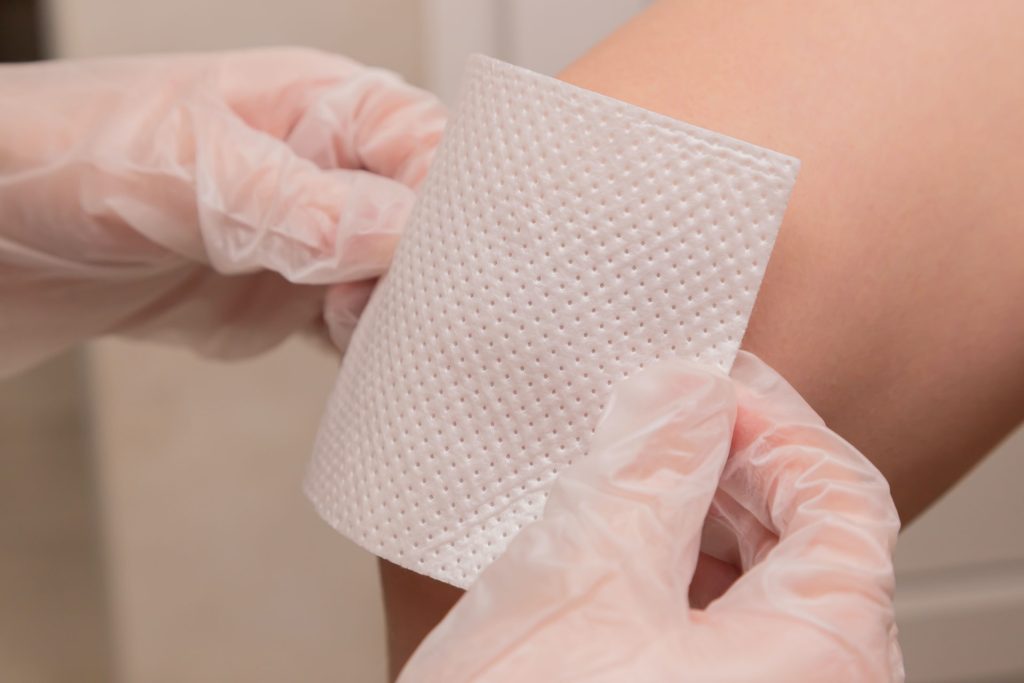
A new wound dressing technology that can stop bleeding while preventing infection and scarring using a single material, has been developed. This technology also has potential applications in drug delivery, among other areas.
“Scarring is one of the worst consequences of severe wounds,” said Xiaoyang Wu, an associate professor in the Ben May Department of Cancer Research at the University of Chicago, noting that scar tissue formation is particularly common in human skin.
The researchers used a material science approach to develop a new method to overcome scarring, by impeding collagen synthesis by blocking transforming growth factor beta (TGF-β) – a cytokine that plays an important role in cell signaling, both in skin wound repair and tissue fibrosis.
“Increasing evidence suggests TGF-β is important in early phase wound repair for wound closure. But, later on, the signal may promote and enhance scarring,” Prof Wu said. This makes timing crucial. “We cannot simply block the signal, because that would slow down wound healing and would be dangerous for the patient,” he explained.
To get around this, the researchers came up with a delayed-release system combining a sutureless wound closure hydrogel material with a biodegradable microcapsule system, enabling them to control the release of the TGF-β inhibitor. “In this way, we can enhance skin wound repair and after 7-14 days can release the inhibitor that blocks the skin scarring process at the same time by using one material,” Prof Wu added.
The study results were recently published in Nature Communications.
At present, treatment of scarring is not ideal with little besides cosmetic surgery, and little can be done to prevent scar formation if a patient experiences a deep or messy wound. “The system we developed is very convenient for application,” said Wu, adding that the system has many possible future applications, such as drug delivery.
“We believe the novel system will have potential clinical importance in the future,” he said. To this end, the next steps include filing an investigational new drug (IND) application with the US Food and Drug Administration (FDA). Consistent manufacturing of the material is necessary and the researchers are exploring collaborations with pharmaceutical companies to move the research forward.
Since the system is a biocompatible material with adhesive properties, Wu said it has internal applications as well, adhering to and closing bleeding arteries and cardiac walls after irradiation with UV light. This was demonstrated in animal models, suggesting significant advantages as a traumatic wound sealant.
“Normal wound binding material does work well,” said Wu, noting that fibres are the most reliable material currently available, which, like surgical glue, is less biocompatible. “Biocompatibility is a significant advantage of our system,” he explained, “It is superior compared to current existing materials.”
Source: University of Chicago

